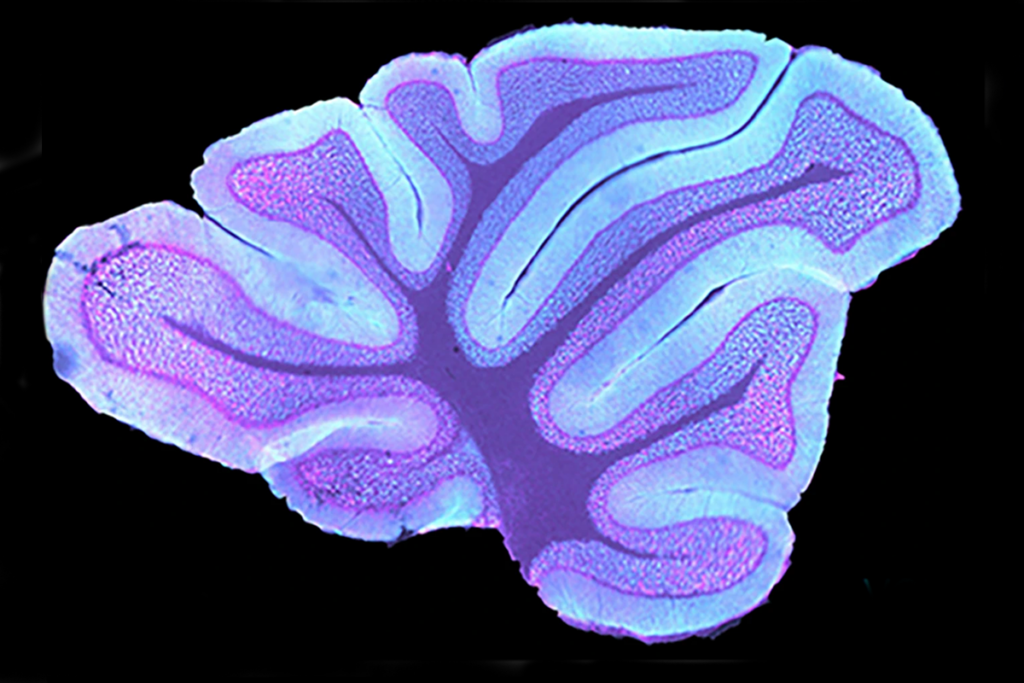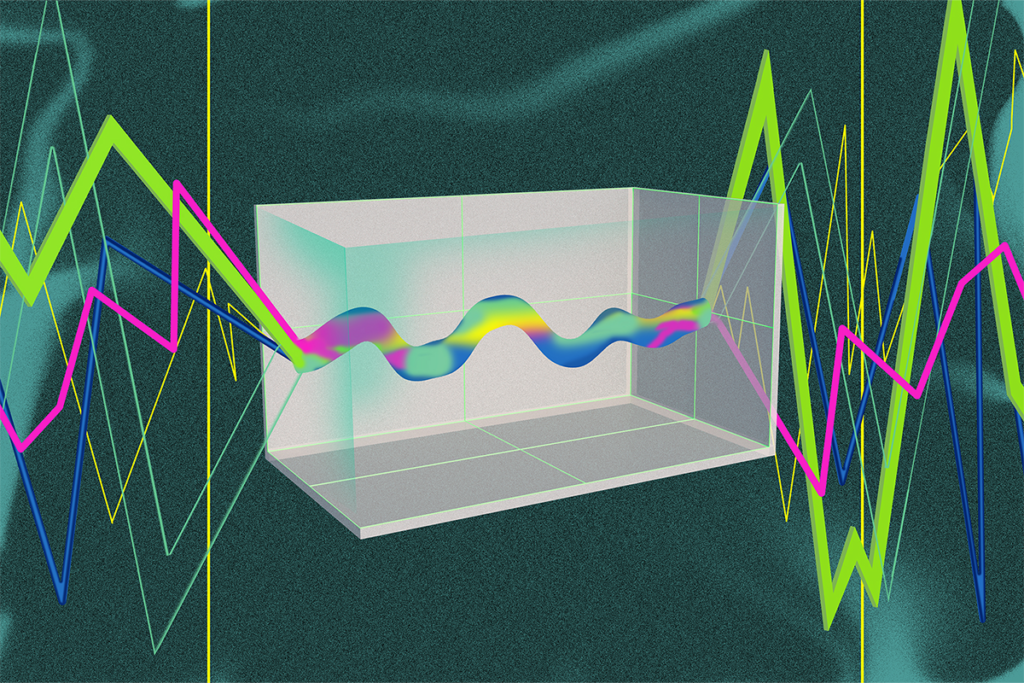Scientists debut fruit fly ‘connectome’
Using tricks of genetic engineering, researchers in Taiwan have created the first comprehensive map of the myriad neuronal connections in the fruit fly brain. The findings appeared 11 January in Current Biology.
Using tricks of genetic engineering, researchers in Taiwan have created the first comprehensive map of the myriad neuronal connections in the fruit fly brain. The findings appeared 11 January in Current Biology.
Drosophila melanogaster has about 100,000 neurons in its brain, and the new atlas traces the cell bodies and spiny projections of 16,000 of them in three dimensions.
The map reveals how individual brain cells link to form complex circuits. The researchers discovered that the so-called fly ‘connectome’ is organized into 41 local processing units — groups of neurons that connect to one another but don’t extend outside the unit — that link to further reaches of the brain via 58 long-range tracts.
Like the Allen Mouse Brain Atlas, the fly connectome should help scientists better understand how particular genetic glitches or fly behaviors are encoded in the brain.
Although the anatomy of the fly brain is quite different from that of humans, it uses several of the same chemical messengers, including dopamine, GABA, glutamate and serotonin. Down the line, the maps might be compared to what comes out of the Human Connectome Project, a $40 million study that relies on brain scans to track live connections in the human brain.
In the new work, researchers inserted green fluorescent protein into single neurons in 16,000 different flies. They then captured images of brain slices from each fly, standardized the sizes and merged them together to create a representative map of the entire brain. Researchers anywhere can search and add to an online database of this data, called FlyCircuit.
Recommended reading

Cerebellar SHANK3; telehealth coaching for caregivers; psychedelics

My hope for displaced Ukrainian children with autism, an update
Explore more from The Transmitter
Eli Sennesh talks about bridging predictive coding and NeuroAI

In your New Year’s resolutions for 2025, consider public outreach

